Winston
ACCESS: Confidential
- Joined
- 29 December 2010
- Messages
- 127
- Reaction score
- 32
Pictures of the Alvis Stalwart PV 1 from an undated brochure (presumably 1960). It reads:
1. The success of the F.V.600 Series Fight Vehicles and the Salamander Fire Crash Truck Chassis, in service in all parts of the world with British and other Government armed forces, has encouraged the Alvis Company to investigate the requirements for additional vehicles within the range.
2. Our investigations have shown that the Salamander chassis, incorporating the following modifications, will meet the requirement for a military 5-ton payload carrier giving flotation (swimming ability) and a cross country performance even superior to the Saladin and Saracen:—
(a) Transmission modified to permit heavy duty towing and less critical crew operation.
(b) 14.00″ x 20″ tyres and Noslip differential for improve cross country performance.
(c) Installation of turbojet propulsion units to permit water borne speeds of up to five knots.
3. The photographs in this brochure are of the prototype Stalwart built for assessment trials by the War Office, and which has a civilian type cab and simple drop sided cargo area superstructure. The final design will depend on the results of Fighting Vehicle Research and Development Establishment and user trials.
4. Alvis consider that the Stalwart Cargo Carrier offers the following advantages over other wheeled and tracked cargo-carriers:—
(a) The Rolls Royce B.81 220 b.h.p. engine, modified transmission, Noslip differential and large tyres, will ensure a cross country performance superior to the F.V.600 Fighting Vehicles and equal to most tracked vehicles, this without the inherent disadvantages of tracks, i.e. high running and maintenance costs, excessive damage to one's own roads and lines of communication
(b) Low noise factor, internal and external, essential for tactical movement and greatly reducing crew fatigue.
(c) Maximum road speed of 54 m.p.h. permits a rapid turn-round on delivery and replenishment.
(d) Greatly reduced training requirement for crews, the mechanical layout is almost identical to Saladin Saracen, etc., and R.A.C., R.E.M.E. Training Establishments are already equipped and "geared up" for training on this chassis.

1. The success of the F.V.600 Series Fight Vehicles and the Salamander Fire Crash Truck Chassis, in service in all parts of the world with British and other Government armed forces, has encouraged the Alvis Company to investigate the requirements for additional vehicles within the range.
2. Our investigations have shown that the Salamander chassis, incorporating the following modifications, will meet the requirement for a military 5-ton payload carrier giving flotation (swimming ability) and a cross country performance even superior to the Saladin and Saracen:—
(a) Transmission modified to permit heavy duty towing and less critical crew operation.
(b) 14.00″ x 20″ tyres and Noslip differential for improve cross country performance.
(c) Installation of turbojet propulsion units to permit water borne speeds of up to five knots.
3. The photographs in this brochure are of the prototype Stalwart built for assessment trials by the War Office, and which has a civilian type cab and simple drop sided cargo area superstructure. The final design will depend on the results of Fighting Vehicle Research and Development Establishment and user trials.
4. Alvis consider that the Stalwart Cargo Carrier offers the following advantages over other wheeled and tracked cargo-carriers:—
(a) The Rolls Royce B.81 220 b.h.p. engine, modified transmission, Noslip differential and large tyres, will ensure a cross country performance superior to the F.V.600 Fighting Vehicles and equal to most tracked vehicles, this without the inherent disadvantages of tracks, i.e. high running and maintenance costs, excessive damage to one's own roads and lines of communication
(b) Low noise factor, internal and external, essential for tactical movement and greatly reducing crew fatigue.
(c) Maximum road speed of 54 m.p.h. permits a rapid turn-round on delivery and replenishment.
(d) Greatly reduced training requirement for crews, the mechanical layout is almost identical to Saladin Saracen, etc., and R.A.C., R.E.M.E. Training Establishments are already equipped and "geared up" for training on this chassis.

ALVIS STALWART PROTOTYPE orig c1965 UK Mkt Prestige Spiral Bound Sales Brochure | eBay
This is a fabulous original factory issued spiral-bound prestige sales brochure on the Alvis Stalwart Cross Country Vehicle from around 1965 with 40 (mostly single-sided) pages / sides (including covers) and English text for the British market.
www.ebay.co.uk
Attachments
-
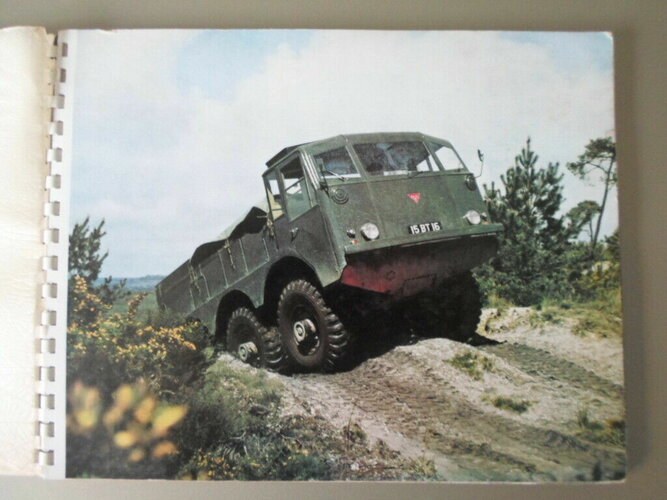 Alvis Stalwart prototype PV1 1960 03.jpg108 KB · Views: 31
Alvis Stalwart prototype PV1 1960 03.jpg108 KB · Views: 31 -
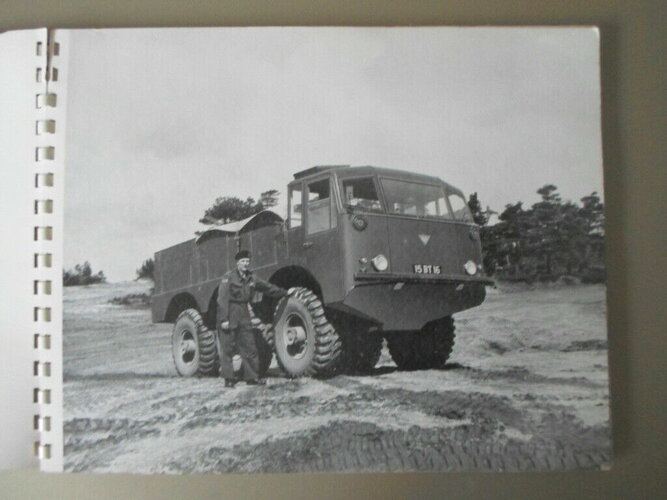 Alvis Stalwart prototype PV1 1960 04.jpg86.1 KB · Views: 27
Alvis Stalwart prototype PV1 1960 04.jpg86.1 KB · Views: 27 -
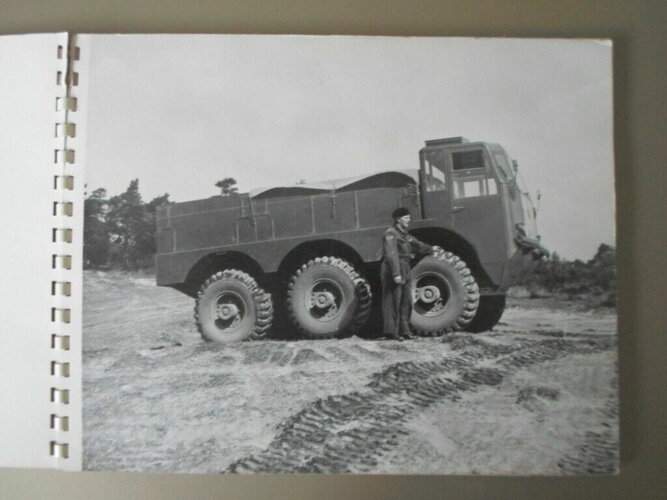 Alvis Stalwart prototype PV1 1960 05.jpg89.2 KB · Views: 22
Alvis Stalwart prototype PV1 1960 05.jpg89.2 KB · Views: 22 -
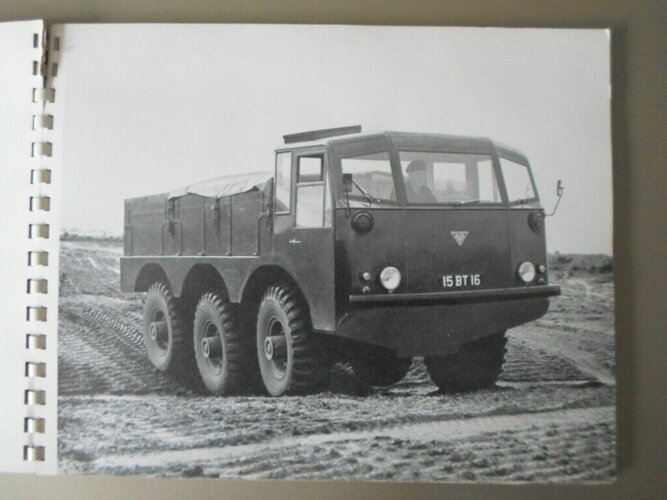 Alvis Stalwart prototype PV1 1960 06.jpg92.1 KB · Views: 20
Alvis Stalwart prototype PV1 1960 06.jpg92.1 KB · Views: 20 -
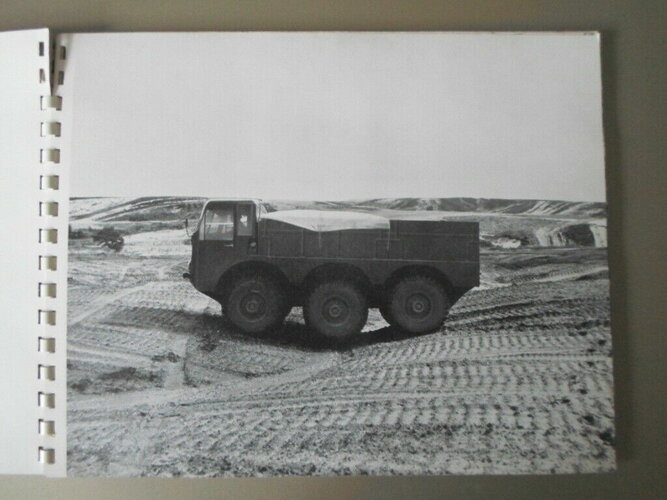 Alvis Stalwart prototype PV1 1960 07.jpg99.2 KB · Views: 19
Alvis Stalwart prototype PV1 1960 07.jpg99.2 KB · Views: 19 -
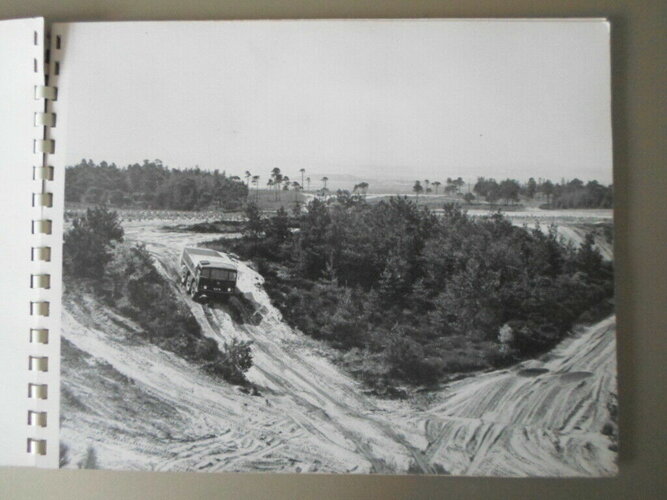 Alvis Stalwart prototype PV1 1960 08.jpg100.3 KB · Views: 20
Alvis Stalwart prototype PV1 1960 08.jpg100.3 KB · Views: 20 -
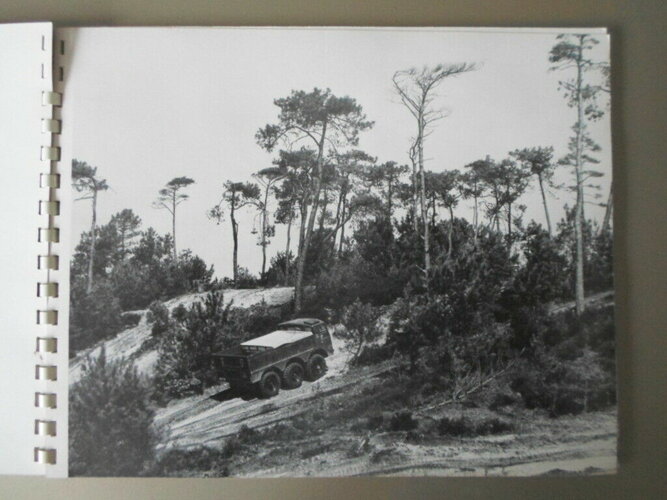 Alvis Stalwart prototype PV1 1960 09.jpg109.1 KB · Views: 19
Alvis Stalwart prototype PV1 1960 09.jpg109.1 KB · Views: 19 -
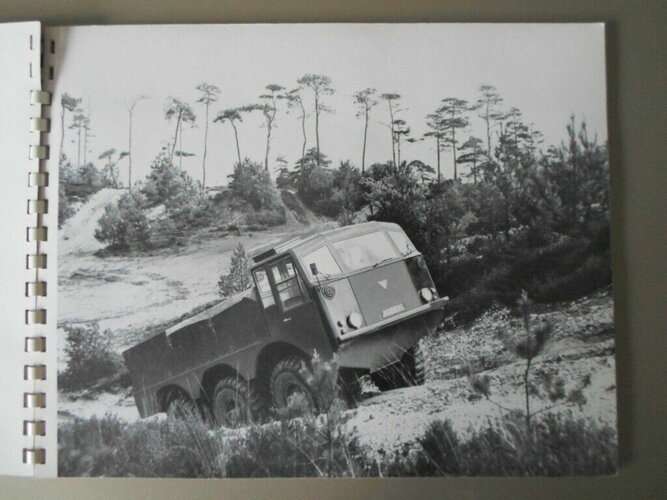 Alvis Stalwart prototype PV1 1960 10.jpg109.3 KB · Views: 19
Alvis Stalwart prototype PV1 1960 10.jpg109.3 KB · Views: 19 -
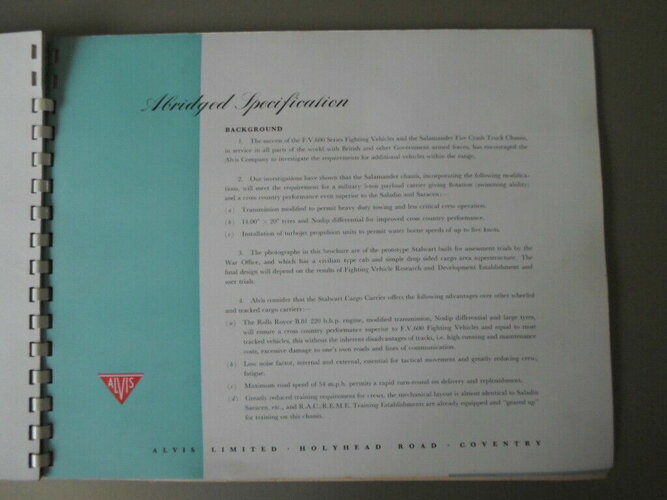 Alvis Stalwart prototype PV1 1960 11.jpg78.6 KB · Views: 27
Alvis Stalwart prototype PV1 1960 11.jpg78.6 KB · Views: 27
Last edited:
